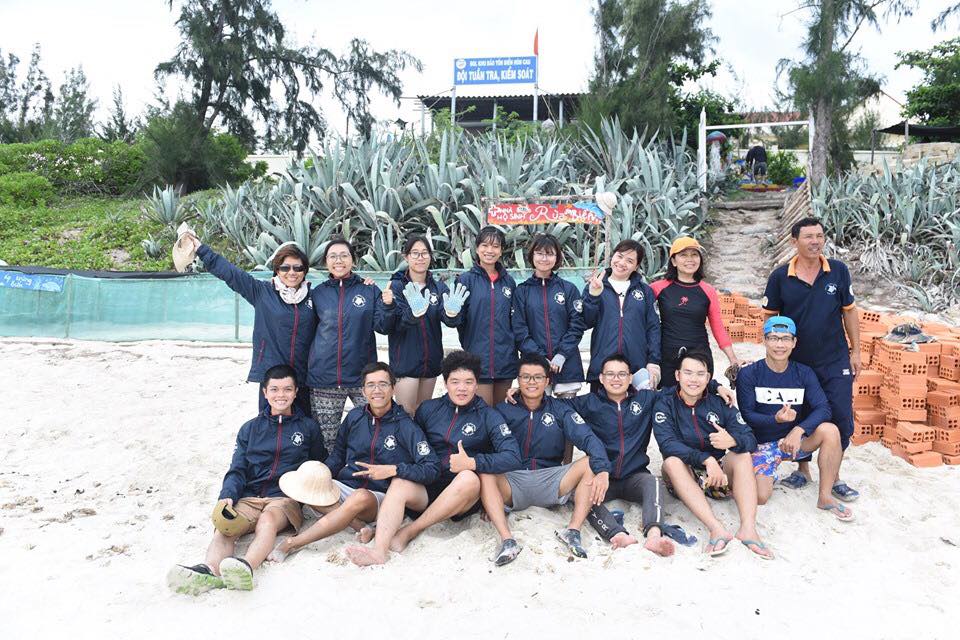E-learning course on integrated land use planning launched in Tanzania
Under the leadership of the Environmental Law Centre, IUCN and UNITAR have jointly developed a new e-learning course on ‘Integrated planning for climate change and biodiversity’. The course was launched on 20 March 2018, in Mbeya, Tanzania, by Dr Anna Sabrina Wollmann of the UN Institute for Training and Research (UNITAR) at the regional capacity building workshop ‘Exploring spatial and legal policy perspectives for integrated land use planning around that Lake Tanganyika ecosystem.’
The launch marked the end of the development of capacity building modules initiated in early 2017 with the identification of a suite of necessary competences for integrated planning. The course is free of charge and participants have four months to complete the course starting in the day of registration.
The overall goal of this online course is to enhance the capacity of key stakeholders to integrate climate change and biodiversity into integrated land-use planning to achieve compatible conservation and development outcomes. Specifically, the course aims to improve stakeholder understanding of a) the interaction of climate change and biodiversity with land-use plans; b) relevant policies and laws across different sectors; c) stakeholders across institutions and their position in the planning and decision-making process; d) different layers of governance involved in planning; e) ways to collaborate across national borders.
The key audiences for this course are:
- Public and private sector land-use planning and legal professionals who require competences related to the integration of climate change and biodiversity into planning, and how the legal and regulatory frameworks for land-use planning can be enhanced to achieve this integration;
- Public and private sector development planning professionals who require competences related to integrated land-use planning, to understanding how climate change affects sectoral planning, and the importance of addressing conservation of natural resources;
- Public sector and non-governmental nature conservation professionals who require competences related to understanding how climate change affects natural resource governance and management, and how integrated land-use planning can facilitate better decision-making to achieve compatible conservation and development outcomes.
In this short introductory course, participants discover the town of Mozanga, a fictional town which is developing very fast, but is quickly facing the environmental consequences of its rapid growth. By integrating climate change and biodiversity concerns into the spatial planning, the town's mayor in collaboration with key stakeholders is able to solve the challenges.
Throughout the course, participants explore spatial planning and its relation to climate change and biodiversity by revisiting Mozanga and communities facing similar problems. This process is helped by the course's division into four modules:
1) Connecting land use, climate change and biodiversity,
2) Inter-sectoral and inter- institutional collaboration,
3) Public participation in decision-making,
4) Regional planning for harmonization and connectivity.
These modules are further divided into lessons that feature a variety of short lecture videos, interactive slides and animations that facilitate the learning process.
The workshop participants were very enthusiastic about the e-learning course and said they would recommend the online course to colleagues to improve their understanding of integrated planning for climate change and biodiversity.
You can register for the course here, or contact us for general enquiries.
The ‘Integrated Planning for Climate Change and Biodiversity’ e-learning course issupported by the International Climate Initiative (IKI) of the Federal Ministry for the Environment, Nature Conservation, Building and Nuclear Safety (BMUB) of Germany, the International Union for Conservation of Nature (IUCN)
Contact:
- Doyi Mazenzele (IUCN)
- Anna Sabrina Wollman (UNITAR)
- Ning Li (IUCN)








